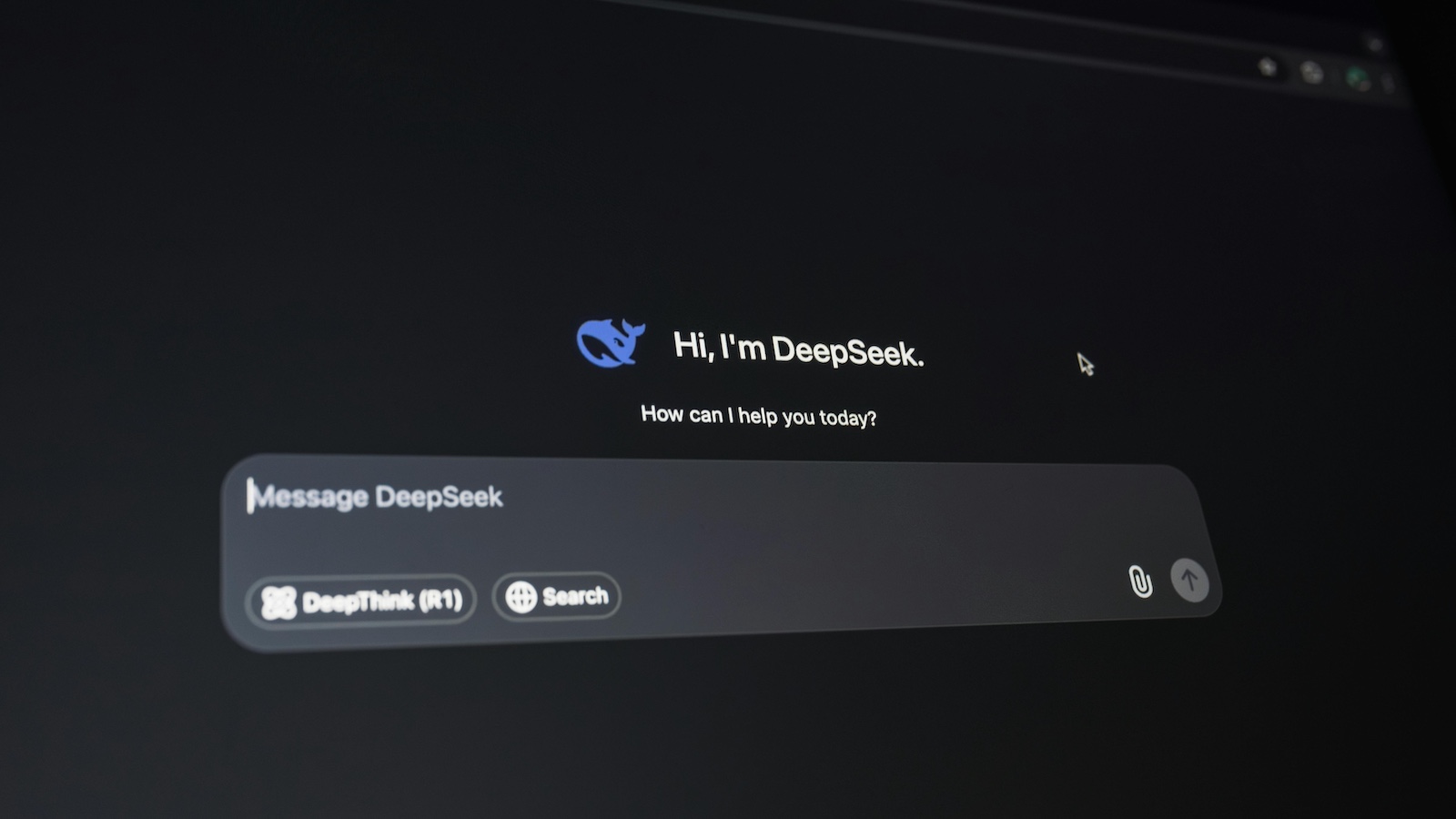I’m a golf nut. The Tournament Players Championship, the PGA Tour’s flagship event, was held recently in northern Florida. The weather was sunny and warm to start, but then a front blew through, carrying a day’s worth of rain and leaving behind it forty degree temperatures with cold north winds. During the rain delay, Shane Lowry of Ireland, one of golf’s global stars, was asked by a television interviewer how he was spending the downtime. Lowry, scrolling on his phone, said, “I’m on Amazon buying a stocking cap for tomorrow’s round, as I didn’t bring one.”
Of all the options for stocking caps--tour reps doling out free gear, a massive pro shop at the course, several stores nearby--the winner was Amazon. Lowry, 34 years old, is a Millennial. I’m 58, a Boomer II, and would’ve gone the same route. Raise your hand if you would’ve at least started the hunt on your phone.
The easier a thing is to use, goes the technology adage, the harder it was to build. “The Everything Store,” as Amazon is known, makes it look so easy we’re prone to take it for granted. But their portfolio of human, physical and especially technology assets is unrivaled. Taken together, the stuff just works, and stocking caps arrive before tomorrow’s frigid tee time.
Two questions relevant to our work in insurance.
Question #1: When is the last time you talked to a human at Amazon?
I’ve been a Prime member since 2010, and, aside from thanking delivery drivers whenever I see them, the answer here is never. And I’m a very satisfied customer.
From the sale of their first book, Amazon designed their business to be as friction-less as possible, defined as people-less, i.e., zero human contact. “If an Amazon customer needs to speak with a person at Amazon,” said founder Jeff Bezos. “We view that as a fail.”
Contact centers are a hot spot with our insurance customers, as resource costs are rising and manpower availability is shrinking. Smart automation is a winning strategy. Smart elimination of inbound contacts works even better.
There are two components to contact elimination. The first is process-oriented, around defect reduction and execution. The majority of inbound customer contacts happen when something is wrong. What is your rate of negative customer contacts by event per unit sold? You should know this number, and it should always be trending down.
Disciplined process management can feel like bureaucracy to the inexperienced. But effective process is not bureaucracy; bureaucracy is senseless processing (as I described in an earlier article).
The second component of contact elimination is informational. Click on Amazon looking for stocking caps, and everything you need is right there in front of you--an array of relevant choices, detailed product information, “customer reviews,” “answered questions” and delivery dates. (The one thing not there is an 800-number.)
See also: What if Amazon Entered Insurance?
When Amazon introduced “customer reviews” in 1995, many people thought they’d lost their marbles, and book publishers threatened to pull product, believing negative reviews would hurt book sales. Amazon’s philosophy, then as now, is that the company doesn’t make money when it sells things; it makes money when it helps customers make purchasing decisions. So “customer reviews” won out, and more--not fewer--books were sold.
What do your customers really want from you, and how does your digital presence deliver against those desires? Are your channels providing the information customers truly want and need? The answers have little to do with technology.
Which brings us to question #2: What’s the name of Amazon’s CIO?
The answer is, they don’t have one. Neither do Alphabet (Google), Meta, Apple, Netflix or any other digital-native firm you can name. Technology is implemented directly in business units. Though digital natives typically have the functional equivalent of a CTO, the role exists to coordinate platform and tool choices, orchestrating and enabling business success.
The point is, IT isn’t a department. It’s a way of life. The business owns the customers, and so it owns the technology interacting with those customers. A corporate technology structure operating at one remove from customers is a distance too far.
A recent study from PEGA reveals 68% of corporate technology executives want to move from “command and control” to more of an enabling, facilitating function. The same study reveals 48% of non-technology executives don’t trust corporate IT.
Assuming a typical 80/20 technology budget split, we’re seeing more customers allocate the 80% for “lights-on” to corporate IT and the other 20%, the strategic portion, to the business. In this structure, corporate IT operates as a support function, like finance. Think: rapid evolution driven by the business, not the T-word driven by corporate IT.
Until recently, this kind of arrangement was unrealistic in terms of implementation. But new AI and smart orchestration technologies enable fantastic end-to-end customer experiences with legacy as-is, data where-at.
The “institutional no” regarding new product- and customer-facing initiatives becomes an institutional yes.








